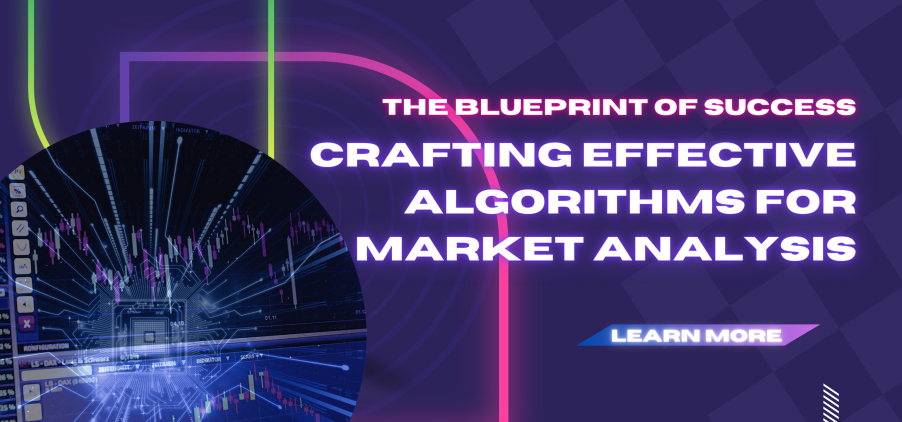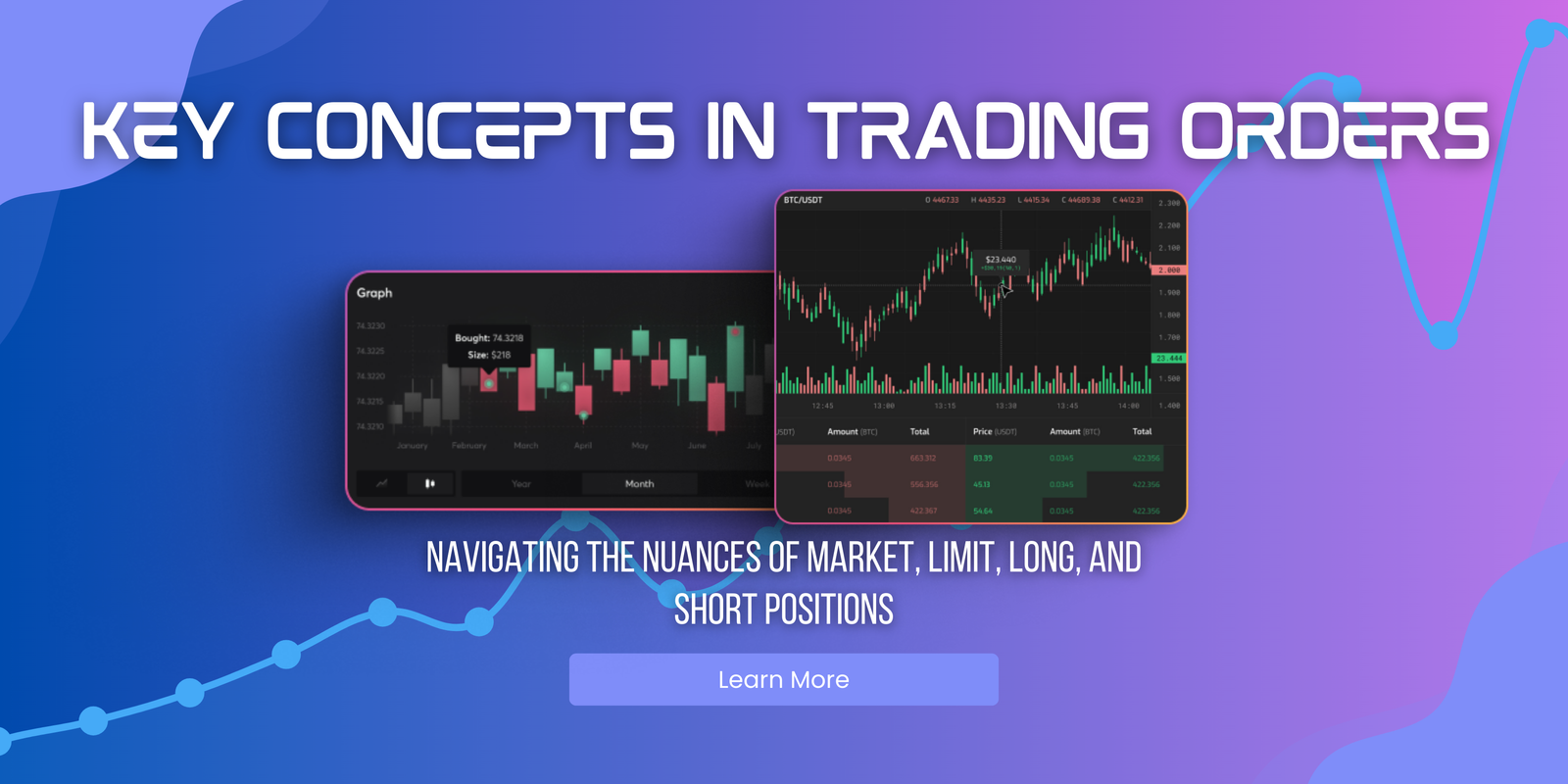In the intricate world of market analysis, where the winds of forex, the tides of cryptocurrencies, the foundations of stocks, and the natural rhythms of commodities play a pivotal role in investment decisions, the creation of robust algorithms stands as a cornerstone of success. Algorithm building, a discipline that melds quantitative analysis with computational power, …
Building A Trading Algorithm: Things To Keep In Mind

In the intricate world of market analysis, where the winds of forex, the tides of cryptocurrencies, the foundations of stocks, and the natural rhythms of commodities play a pivotal role in investment decisions, the creation of robust algorithms stands as a cornerstone of success. Algorithm building, a discipline that melds quantitative analysis with computational power, offers a systematic approach to deciphering market signals and making informed trading decisions. This article delves into the fundamentals of building effective algorithms for market analysis, guiding you through the journey from conceptualization to implementation.
Foundation of Algorithm Building
At its core, an algorithm is a set of rules or instructions designed to perform a specific task. In market analysis, this task revolves around analyzing data, identifying patterns, and making predictions or decisions based on that analysis. The process of building an effective algorithm involves several critical steps:
Define the Objective: Clearly articulate what you want your algorithm to achieve. Whether it’s predicting stock price movements, identifying forex trends, or analyzing crypto market sentiment, a well-defined objective is crucial.
Data Collection and Cleaning: Gather historical and real-time data relevant to your objective. This may include price data, trading volumes, economic indicators, and more. Cleaning the data to remove inaccuracies or irrelevant information is vital for the algorithm’s accuracy.
Feature Selection: Identify the variables or features that are most relevant to your objective. This could involve technical indicators like moving averages or MACD, fundamental analysis metrics, or even sentiment analysis from news sources.
Algorithm Design: Develop the logic and rules your algorithm will follow. This step often involves statistical models, machine learning techniques, or a combination of both.
Backtesting: Test your algorithm against historical data to assess its performance. This phase is crucial for refining your algorithm, understanding its potential limitations, and adjusting its parameters.
Optimization: Based on backtesting results, optimize your algorithm for better performance. This might involve tweaking its parameters, adding new features, or adjusting its decision-making rules.
Implementation: Deploy your algorithm in a live trading environment, starting with small trades to minimize risk as you validate its real-world performance.
Monitoring and Updating: Continuously monitor your algorithm’s performance and be prepared to update it as market conditions change.
Key Considerations in Algorithm Building
Overfitting Prevention: Guard against overfitting, where an algorithm performs well on historical data but fails to predict future movements accurately due to being too closely tailored to past trends.
Risk Management: Incorporate risk management strategies within your algorithm, including setting stop-loss orders and position sizing based on the volatility and your risk tolerance.
Transparency and Interpretability: Ensure that your algorithm’s decision-making process can be understood and explained, particularly if using complex machine learning models.
Conclusion
Building an effective algorithm for market analysis is both an art and a science. It requires a deep understanding of the markets, a proficiency in data analysis and programming, and an ongoing commitment to refinement and adaptation. Whether you’re aiming to navigate the volatile crypto market, forecast forex trends, analyze stock performances, or explore commodity markets, a well-crafted algorithm can be a powerful tool in your trading arsenal. By following the outlined steps and maintaining a focus on continuous improvement, traders and analysts can harness the full potential of algorithms to unlock new insights and achieve trading success.








